Best Video Cards: January 2014
by Ryan Smith on January 17, 2014 10:00 AM EST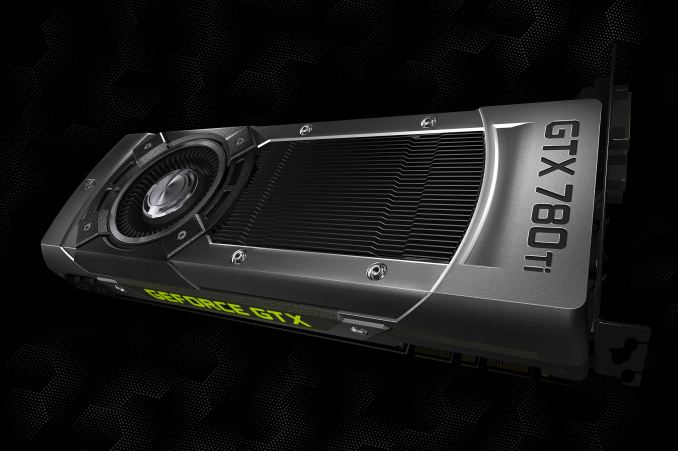
After our Holiday 2013 buyer’s guides, a number of you asked for more frequent buyers guides year-round. So starting this year we’re going to be attempting to publish guides on a more regular basis, particularly for more volatile and competitive components such as video cards.
To kick that off, let’s start with our first buyer’s guide of the year, our January 2014 desktop video card buyer’s guide. Since our last guide there have not been any major product launches, so the makeup of the market has not changed. However due to a few different factors – chiefly Cryptocoin Mania and what we suspect are some inventory drawdowns ahead of future product launches – pricing and availability for a number of video cards has shifted.
From an inventory perspective, there has been a clear drawdown of GeForce GTX 650 Ti Boost cards, which are now virtually impossible to find. GTX 650 Ti Boost is one of 3 GK106 based cards offered by NVIDIA and usually packed the most performance per dollar, making it one of our recommendations last month. At this point there’s reason to believe that NVIDIA is drawing down inventory ahead of a new product refresh, so that GTX 650 Ti Boost isn’t competing with its successor. Note that GK106 wasn’t put into a 700 series card in 2013, so with its 1 year anniversary coming up in 2 months, NVIDIA may finally be getting around to doing that.
Meanwhile in AMD’s camp things are in flux, both for all the benefits and drawbacks that brings. Last month AMD announced that they’ll be launching the Radeon R7 260 this month, but those cards have yet to hit the market. A lower tier Bonaire part, the R7 260 will fill the gap between the R7 260X, and the Oland based R7 250.
At the other end of the market, AMD is having unprecedented demand issues which has severely distorted pricing for the R9 280 and R9 290 series. In brief, Cryptocoin Mania has resulted in virtually every high-end AMD card being snatched up for mining. And with cryptocoin prices having risen to new levels in the last few months, the value of these cards as miners has exceeded their value as video cards, resulting in the demand spike. With video card prices now being almost unilaterally dictated by mining returns and electricity costs, the 280 series and 290 series are all running roughly $100 over MSRP.

Cryptocoin Victim #1: Radeon R9 290
Consequently AMD’s best cards are generally uncompetitive with NVIDIA’s cards for anything but mining. This goes especially for the R9 280X and R9 290, both of which are well off of their sweet spots. As a result NVIDIA has almost full control of the $300+ market as far as gaming is concerned. Though perhaps worse, because NVIDIA doesn’t have a card between $330 and $500, there’s a sizable gap in the market on a price basis and a performance basis that is going to leave some buyers in a lurch between picking a lower performance card or paying much more for a top tier card.
Truth be told we had figured this would blow over by now (if only due to increases in mining difficulty multipliers), but AMD card prices have held their inflated prices for almost two months now. Which on a side note is good for AMD – they’re clearly selling almost everything they can make – but it’s also not great because they’re not the one setting these new card prices, or the ones collecting the higher profit. The same goes for the partners, who are still selling the finished cards to retailers at normal prices. Instead the profit between MSRP and these inflated prices is being captured by retailers, which although is good for them (retail is a notoriously low margin business), it does mean that the always financially precarious AMD doesn’t get to further improve their balance sheets in the process.
Anyhow, market summaries behind us, let’s look at individual recommendations. We’ve laid out our ideas of price/performance bands and recommendations in our table below, with our full explanations and alternative options to follow.
In general, high quality 1080p gaming will start at $199; going above that will find cards that are good for 1440p, 4K, and multi-monitor, while going below that will find cards that will require some quality sacrifices to stay at 1080p.
| Jaunary 2014 GPU Performance Guide | ||||
| Performance Band | Price Range | Recommendation | ||
| 1080p (Low) | $99-$139 | AMD Radeon HD 7770 | ||
| 1080p (Med) |
$139-$209
|
|||
| 1080p (High) |
$209-$329
|
|||
| 1440p (Med) |
$329-$499
|
|||
| 1440p (High) |
$499-$679
|
|||
| 1440p (Max) |
$679+
|
|||
| 4K/Multi-Monitor (High) |
$1200+
|
|||
Budget (<$99): AMD Radeon HD 7770
Although it’s technically being discontinued, there are still enough AMD Radeon HD 7770 cards available on the market that the 7770 remains our recommendation for the sub-$100 market. For the budget market where every penny counts, this is unquestionably the budget sweet spot. At $99 the 7770 is going to outperform any other AMD or NVIDIA card at similar prices, making it the fastest thing at this price.
From a performance perspective the 7770 isn’t going to quite hit the sweet spot we outlined earlier, but for those gamers on a strict budget it will get the job done. In the long run it should be able to run most games even at 1080p with medium-to-low settings, along with keeping texture quality down a notch to account for its 1GB of VRAM. Battlefield, GRID 2, and even Total War: Rome 2 can easily hum along on this card at decent settings at 1080p.
Unfortunately, since last month it looks like AMD has discontinued providing vouchers for the 7770 to participate in their Never Settle Forever program. According to the latest terms and conditions it should qualify for the Bronze tier, but without vouchers that doesn’t mean much.
Mainstream Sweet Spot ($139): AMD Radeon R7 260X
With NVIDIA having drawn down the GeForce GTX 650 Ti Boost inventory, AMD essentially has a lock on this specific price point with the Radeon R7 260X, offering a relatively cheap card with legs to last. From a performance standpoint it’s not going to be able to play every game at 1080p at high settings, but it will be fast enough for medium-to-high depending on the game, which will be a notch or two higher than what the $99 cards can do. Meanwhile the 2GB of VRAM will mean that future games shouldn’t bog down the card quite as badly; higher graphical fidelity games will slow it down like any other card, but there’s enough VRAM to keep up with the demands of higher resolution textures and heavier use of intermediate buffers.
As an added kicker, the 260X is the lowest tier card to qualify for the Silver tier in AMD’s Never Settle Forever program. AMD’s silver tier is good for two games, one of which will be the forthcoming (and Mantle/TrueAudio enabled) Thief.
1080p Gaming ($209): AMD Radeon R9 270X
Moving up our product lists, at $199(ish) we’re finally up to cards that are fast enough to play most games at 1080p with high-to-ultra settings. More powerful/expensive cards will offer a further edge for the most demanding games, along with offering a bit more longevity, but for most games at the extremely common resolution of 1080p, it only takes $199 to hit a great level of graphical fidelity for that resolution.
To that end there is no better card at this price than AMD’s recently released Radeon R9 270X. Based on a fully enabled Pitcairn GPU, 270X easily offers the most bang for the buck, keeping its distance from NVIDIA’s GTX 600 series competition while getting rather close to NVIDIA’s more expensive GeForce GTX 760. The only catch right now is that 270X prices a running a hair over MSRP; while they’re supposed to start at $199, in practice they start at $209. For a $10 difference we’re not going to make much of a fuss, but it does mean that AMD technically misses the $199 mark by a Hamilton.
Meanwhile buyers looking for bundled games will come up disappointed. The only cards participating in AMD’s bungled Battlefield 4 promotion carry a price premium, assuming of course you can find one at all.
Runner Up: AMD Radeon R9 270: Briefly, AMD’s lower tier R9 270 card makes for a good runner up here. The performance is still strong, but more importantly 270 is AMD’s top 150W card, for those gamers looking for something that will work with a limited capability PSU. Asus’s 270 DCUII OC absolutely floored us here in recent testing, producing next to no noise.
Reaching For 1440p ($339): NVIDIA GeForce GTX 770
Our $300 spot was previously occupied by AMD’s Radeon R9 280X, but Cryptocoin Mania has driven up the price of those cards by nearly 33%. As we mentioned last time, if the 280X is not available then our recommendation falls to what was the runner up, NVIDIA’s GeForce GTX 770. To that end the GTX 770 isn’t quite a $300 card, but given the current market dynamics it’s as close as we’re going to get in a product that has a good balance between price and performance.
For the GTX 770 we’re looking at a card that will straddle 1080p and 1440p. It’s not quite fast enough to work in every game at 1440p with high quality settings, but it’s fast enough for many of them. Alternatively, it’s fast enough at 1080p that it has no problem at that resolution with everything cranked up, including high levels of MSAA and even SSAA in some games. The only area where it may come up short is VRAM, which at 2GB is enough for today, but it probably won’t have as much headroom for 1440p in the future. There are 4GB cards, but that will carry a $30+ premium.
Meanwhile for bundle bonuses, the GTX 770 (and all other 700 series cards) qualifies for NVIDIA’s new Winter 2014 game bundle. The Winter 2014 bundle includes a free copy of Assassin’s Creed IV: Black Flag - NVIDIA’s flagship game under The Way It’s Meant To Be Played program – and further offers a $50 bundle discount on NVIDIA’s SHIELD handheld gaming console.
Extreme Performance with Refinement ($499): NVIDIA GeForce GTX 780
As we briefly mentioned earlier in our market summary, the next step up in video cards after the GTX 770 doesn’t occur until $500 with the GTX 780. Unfortunately this leaves something of a large gap that the Radeon R9 290 used to close, but in the current market that’s no longer an option.
Positioned as NVIDIA’s lowest tier GK110 card, the high performance offered by the GeForce GTX 780 means it should be fast enough to run virtually anything at 1440p with high-to-extreme settings, and 1080p gamers should have no trouble hitting 120fps in anything that isn’t CPU limited to begin with. To that end the GTX 780 is the cheapest card that can drive all sub-4K single-monitor setups, giving it a sweet spot position of its own in the current market.
As an added bonus, even at the $499 base price this gets access to NVIDIA’s amazing metal cooler, which in our tests is enough to keep noise levels under 50dB. So for gamers looking for a balance between performance and noise, the GTX 780 is a star. Meanwhile for gamers looking at open air coolers, GTX 780 cards with alternative coolers such as EVGA’s ACX cooler will find that the GTX 780 can be even quieter for the usual tradeoff between a blower and an open air cooler.
Also, like the GTX 770, the GTX 780 qualifies for NVIDIA’s Winter 2014 game bundle, which means it includes Assassin’s Creed IV: Black Flag and a $50 SHIELD discount.
Finally, while the Radeon R9 290 doesn’t make the cut as a runner-up here, it does at least bear mentioning. The 290’s strong suit was as a spoiler at $400; at $500 it offers performance similar to the GTX 780, but it loses rather badly on noise/build-quality. It’s certainly an option, but for gaming we don’t see any reason to pick a reference 290 over a GTX 780.
Taking the Single-GPU Crown ($679): NVIDIA GeForce GTX 780 Ti
For our next selection past the GTX 780, we hummed and hawed a bit before deciding to pass up the Radeon R9 290X and settle on the GeForce GTX 780 Ti. Simply put, with 290X prices at $600 and above, there’s little reason not to pay another 10% or so and pick up the best single GPU card on the market. To that end, as NVIDIA’s top tier GK110 part the GeForce GTX 780 Ti stands alone at the top.
Note that like the other 700 series cards, the GTX 780 Ti qualifies for NVIDIA’s Winter 2014 game bundle, which means it includes Assassin’s Creed IV: Black Flag and a $50 SHIELD discount.
4K for Me ($1200+): 2x AMD Radeon R9 290X
Though the Radeon R9 290X doesn’t make a ton of sense on its own in light its higher price and odd spot between the GTX 780 cards, if we want to move into 4K gaming and the extreme load it presents, a pair of 290Xs becomes a very tantalizing option. Thanks to AMD’s new XDMA engine the 290X has no problem scaling up to 4K in Crossfire, taking AMD’s decent single-card 4K performance and scaling it up to something that allows for 4K without the quality compromises. Considering 60Hz 4K monitors still run for $1000+, it doesn’t make any sense not to pair such an expensive monitor with anything less than a pair of 290Xs.
Meanwhile the GTX 780 Ti in SLI is going to be a viable alternative here, but NVIDIA doesn’t offer much of an incentive. The total price tag is $160 more for roughly identical multi-GPU performance (and a bit less VRAM), with the only meaningful difference being a bit less noise and a bit less power consumption. This still puts the price of the video cards at roughly the price of the cheapest 4K monitor – so really it may as well be down to buyer preference – but there’s certainly no performance incentive to spend the additional money.


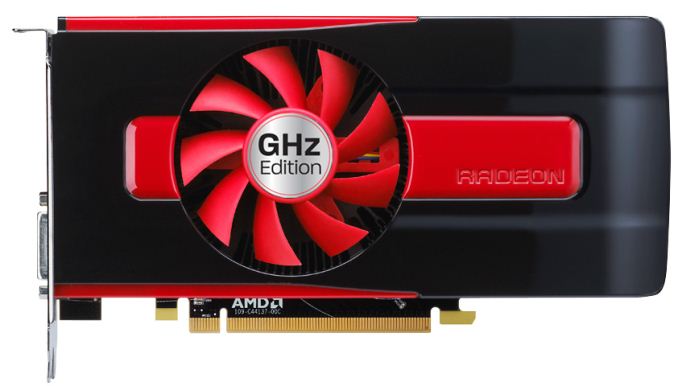
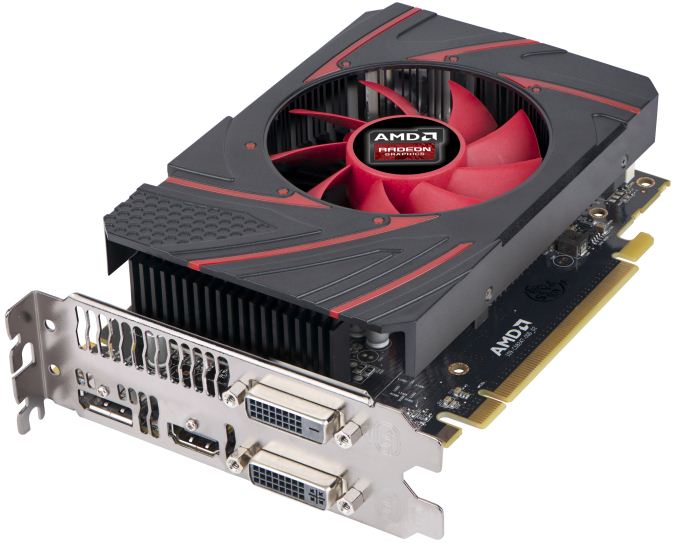
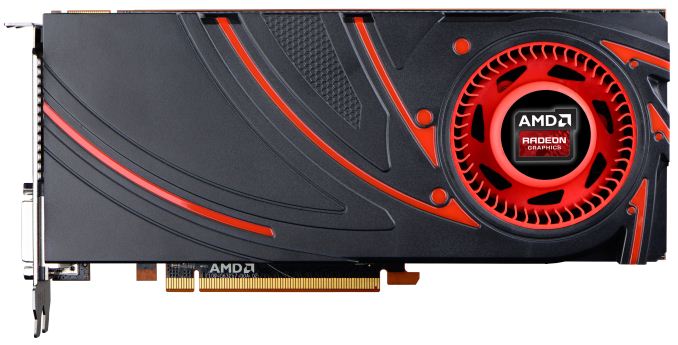
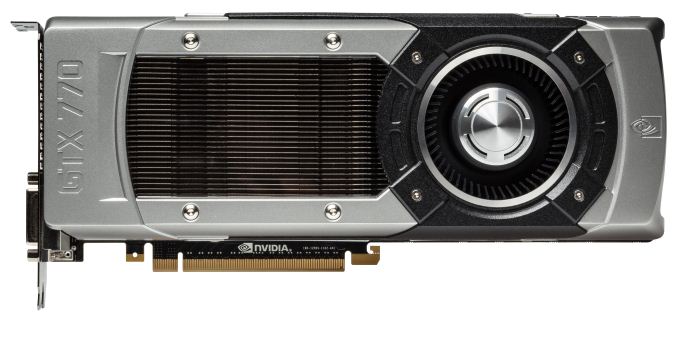
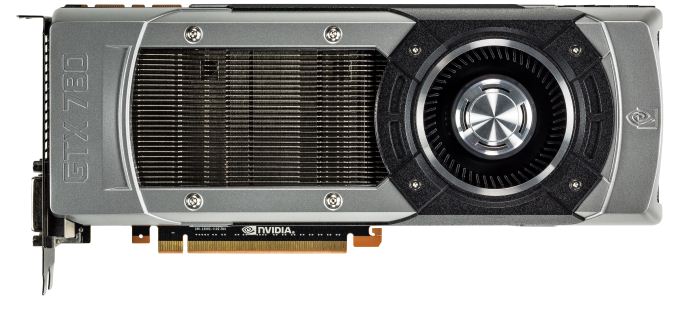
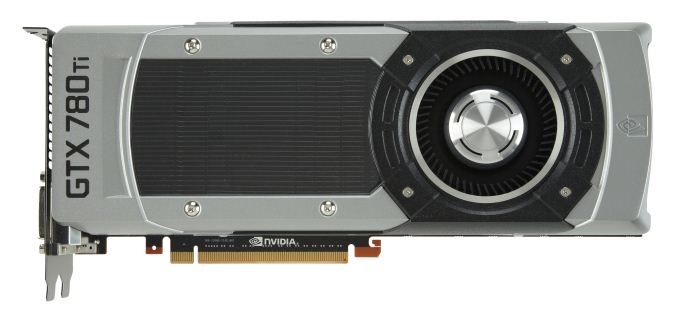
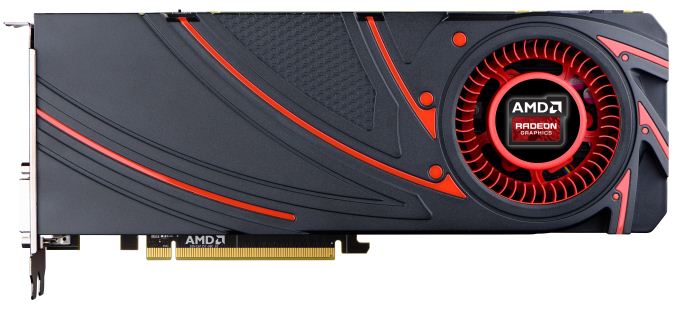








53 Comments
View All Comments
DanNeely - Friday, January 17, 2014 - link
Are there any indications about when this year AMD/nVidia expect to launch their next generation cards on a smaller process?olegk - Saturday, January 18, 2014 - link
In the $139-$209 category it's not clear why you would suggest Radeon R7 260X.GTX 480 is almost twice as good, and can be bought for $199 from Sears or Rakuten.
In the $209-$329 category you suggest Radeon R9 270X, while GTX 770 is 50% better and can be bought for $315 at B&H. Looks like your price research messed up, because you suggest it in the next category.
Friendly0Fire - Saturday, January 18, 2014 - link
Recommending a card that's 3 generations old by now isn't advisable. It won't be able to keep up with a lot of the new tech. The 480 is also notorious for its horrible power usage and noise.Also, as far as I can tell AT generally goes for the most common price instead of going for the lowest possible price because those generally don't last. Sure you can get the 770 at B&H at that price now, but are you sure that price will hold for the whole month that this guide is supposed to be valid for? By going for the general market price they avoid such fluctuations and make the guide valid for all of the period.
blzd - Sunday, January 19, 2014 - link
It'd have to be a lot cheaper then $200 to make a GTX 480 seem appealing. Any money you save will be lost on your power bill over a year.mapesdhs - Monday, January 20, 2014 - link
$200 for a 480?? I get GTX 580 3GB cards for less than that. Much better than a 480.
My gaming PC has two of them (Palit 783MHz versions); in SLI they're faster than a
780 at a fraction of the cost. My AE machine has four of them, all 832MHz MSI
Lightning Xtremes (quick test showed they run fine at 950MHz, should do over a GHz).
Plenty of better options for bagging older cards than the noisy & hot 480.
I wouldn't recommend normal 1.5GB 580s though, VRAM bit low for any future
proofing, but a couple of 3GB 580s is sweet. Not yet playing the latest titles, but
for FC2 with all details maxed out @ 1920x1200, 32x CSAA, all NVIDIA settings
to Quality, etc., I get 130fps or so. Nice to be able to have Vsync on and never
see any tearing, without spending a fortune. 8)
Ian.
vishwa108 - Monday, January 20, 2014 - link
Well presented Ryan. Miles better format and content that you know Tommee-robotica format who. Honesty/sincerity is one thing "The Media" lacks, being review freebie driven, just like its MSM cousins who are politically/coralling-sheep driven.jaysouth2000@yahoo.com - Monday, January 20, 2014 - link
Jabin Jay Trapp said FWIW, coin mining with Radeon APU is pointless as power/coin to ratio is overwhelming....the only way to mine now, without using more power then the coin is worth is to use a dedicated ASICs chip, - Jabin Jay TrappJBVertexx - Wednesday, January 22, 2014 - link
That's for Bitcoin mining. Most of the AMD GPUs that are being sold now are for Litecoin mining, which is viable.ijh - Tuesday, January 21, 2014 - link
Should I use 256-bit or 384-bit for memory interface?Panta - Wednesday, January 22, 2014 - link
your absolutely right!BS article.